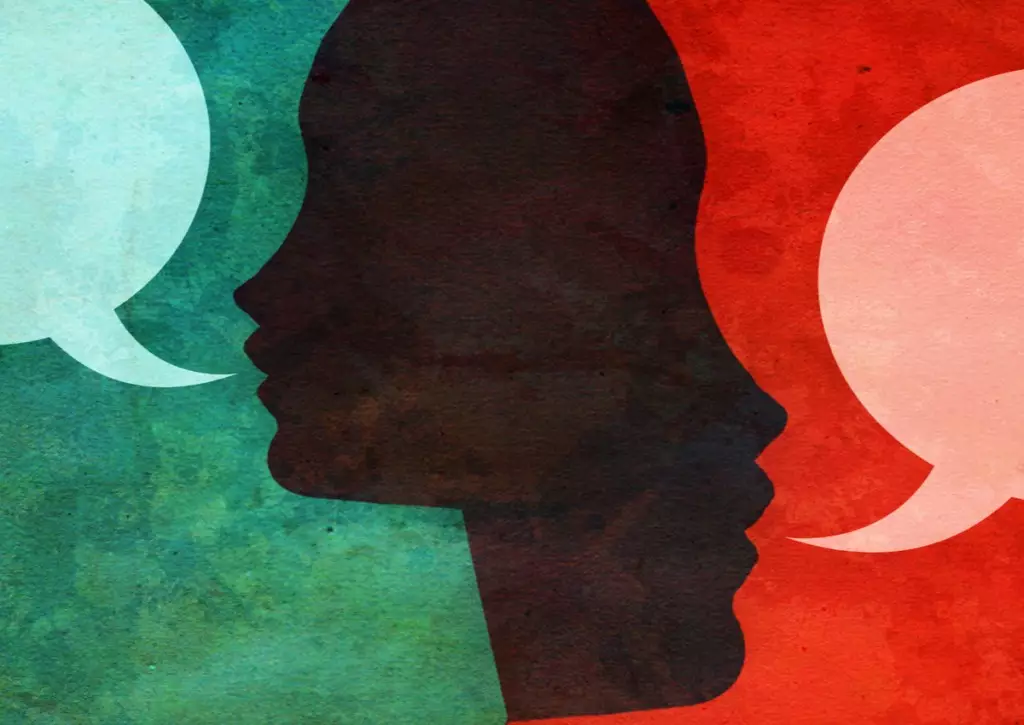The rapid advancement of artificial intelligence has revolutionized how humans interact with machines, transforming everyday experiences and expanding the horizons of communication. However, beneath these advancements lies a pressing challenge: ensuring that voice technology serves everyone, not just the many but especially the most vulnerable. Traditionally, AI-powered voice systems have been optimized for clear, standard speech, leaving behind those with speech impairments or atypical speech patterns. This discrepancy exposes a crucial gap in technological equity—one that calls for a fundamental reimagining of AI’s role in fostering inclusive communication.
Ignoring these disparities not only undermines the potential of AI but also diminishes human dignity. Our society’s diversity of voices—be it due to neurological conditions, trauma, age, or linguistic nuances—deserves recognition and support. Truly innovative AI must transcend mere efficiency; it should serve as a bridge that connects every individual to the digital realm, empowering them to express, be heard, and engage meaningfully. To do so requires a dedicated focus on designing systems that understand and adapt to the wide spectrum of human speech, including the most atypical forms.
The Technical Foundations of Inclusive Speech AI
Building AI systems capable of understanding speech variations starts with rethinking the architecture underlying recognition and synthesis. Traditional speech recognition models excel with clear enunciation and standard accents but falter when faced with disfluent, delayed, or highly atypical speech. Overcoming this limitation involves leveraging transfer learning—an approach that fine-tunes pre-existing models on diverse, nonstandard speech datasets. By exposing AI to a broader range of vocal patterns during training, systems become more adaptable and resilient, ultimately recognizing speech that previously would have been misinterpreted or ignored.
An equally important facet of this development is the generation of synthetic voices that preserve individual identity and emotional nuance. For many people with speech disabilities, synthesizing their own voice—using minimal samples—restores a vital sense of self and agency. These personalized voice avatars not only facilitate more natural conversations but also serve as a means of emotional reaffirmation, allowing users to maintain their vocal identity in digital communications. As crowdsourcing initiatives gather speech samples across diverse populations, AI models grow increasingly inclusive, democratizing voice technology on a larger scale.
Transforming Lives Through Real-Time Assistive Technologies
The practical application of inclusive AI is perhaps most vividly illustrated in real-time voice augmentation systems. These tools act as digital co-pilots, helping users articulate more clearly amid disfluencies or delayed speech. By enhancing articulation, smoothing speech patterns, and filling in pauses, such systems empower users to participate actively in conversations without frustration or complex workaround strategies. The result is a sense of liberation—an ability to speak fluidly and be understood on one’s own terms.
Beyond augmentation, predictive language models further personalize interaction. These systems learn the user’s vocabulary preferences, conversational style, and emotional tendencies, making responses more contextually appropriate and emotionally resonant. When integrated with accessible input methods like eye-tracking or sip-and-puff devices, AI creates a seamless communication flow that adapts to the individual’s physical capabilities. Multimodal inputs—maligned as mere technical add-ons—are tonight’s cornerstone for cultivating humane, responsive AI that respects each person’s mode of expression.
Emotional Comprehension and the Human Touch in AI
Recognizing speech is only a part of genuine understanding. For many users, especially those relying on assistive devices, feeling genuinely understood—beyond mere words—is transformative. AI systems that accurately interpret emotional cues, tone, and contextual nuances elevate digital conversations from transactional exchanges to meaningful human interactions. I have personally witnessed the profound impact of systems that synthesize speech from residual vocalizations, like a woman with late-stage ALS hearing her own voice again—an experience that touches on human dignity more than technological prowess.
Incorporating emotional intelligence into AI also bridges the empathy gap that often exists in digital communication. When AI can respond with sensitive phrasing, expressive prosody, and contextual awareness, it not only enhances usability but fosters a sense of companionship. Such advancements challenge the old paradigm that voice systems are cold, impersonal tools. Instead, they herald a future where technology becomes a true partner—listening not just to words but to feelings, intent, and unspoken needs.
Creating a Future of Inclusive Innovation
Ultimately, building truly inclusive AI speech systems mandates a paradigm shift from an afterthought to a foundational principle. Developers must prioritize training data diversity, support non-verbal and multimodal inputs, and utilize privacy-preserving methods like federated learning. Minimal latency at the edge ensures real-time responsiveness, which is crucial for natural, human-like conversations. These technological priorities are not merely ethical imperatives—they represent a significant market opportunity, as over a billion people worldwide live with disabilities that hinder effective communication.
Furthermore, transparency is key. Explainable AI tools that clarify how input data influences outputs foster trust, especially among individuals who depend heavily on these systems for expression. When users understand and feel confident in their AI’s capabilities, their confidence in engaging with the digital space is reinforced.
The journey toward truly inclusive voice technology is not just about advancing AI; it’s about affirming human value. Every step taken to broaden the scope of speech recognition and synthesis is a step toward a society where everyone’s voice matters—respected, understood, and empowered. If the future of conversation is to be genuinely intelligent, it must be inclusive by design, embracing every human voice in the chorus of digital life.

